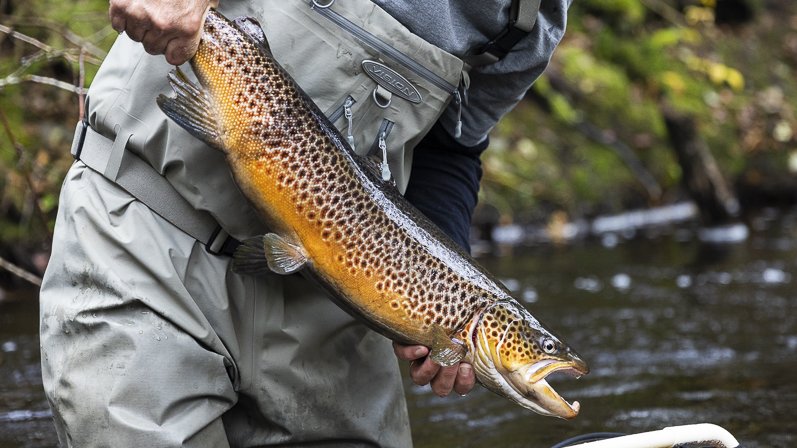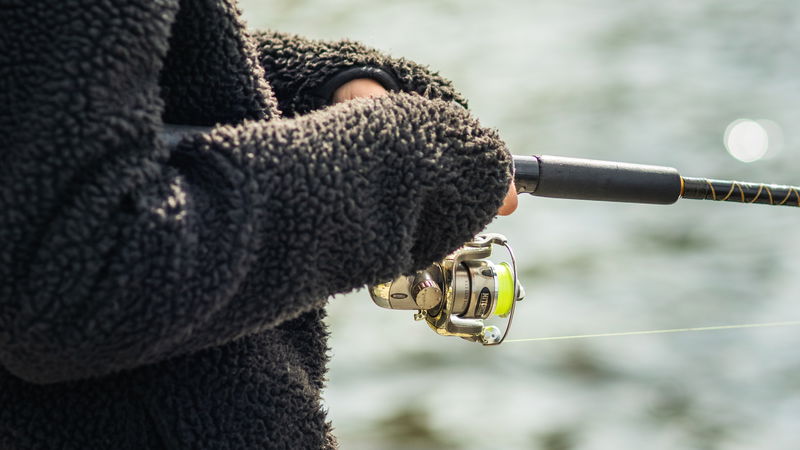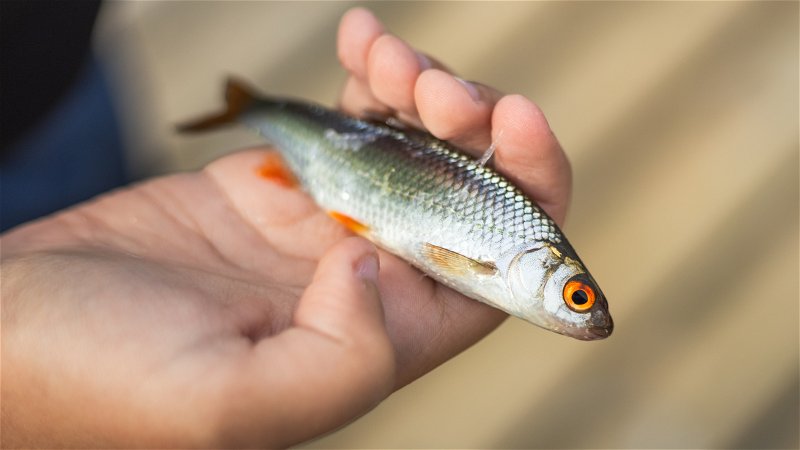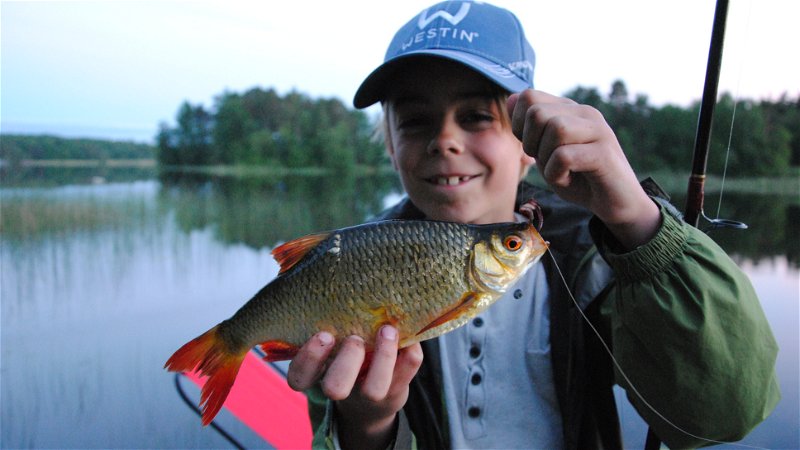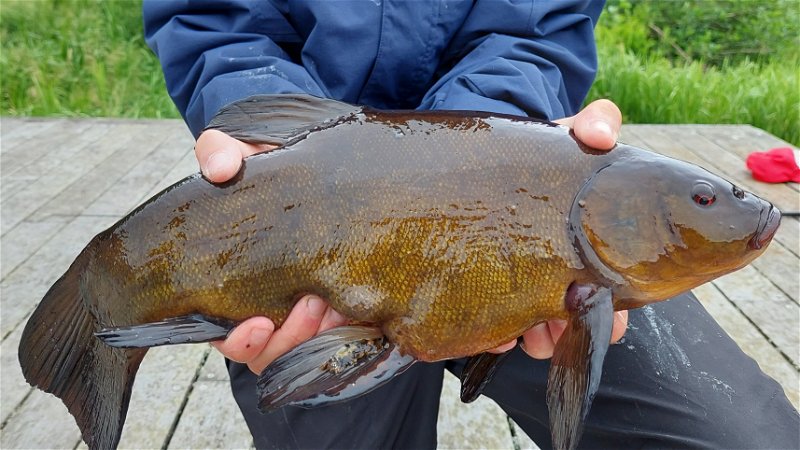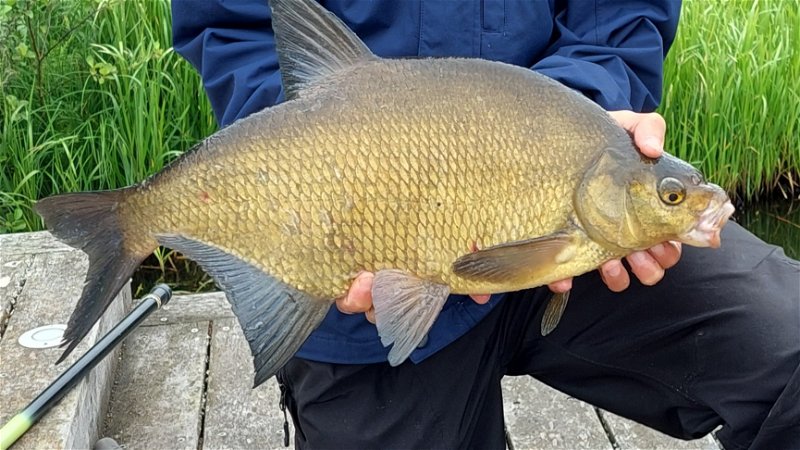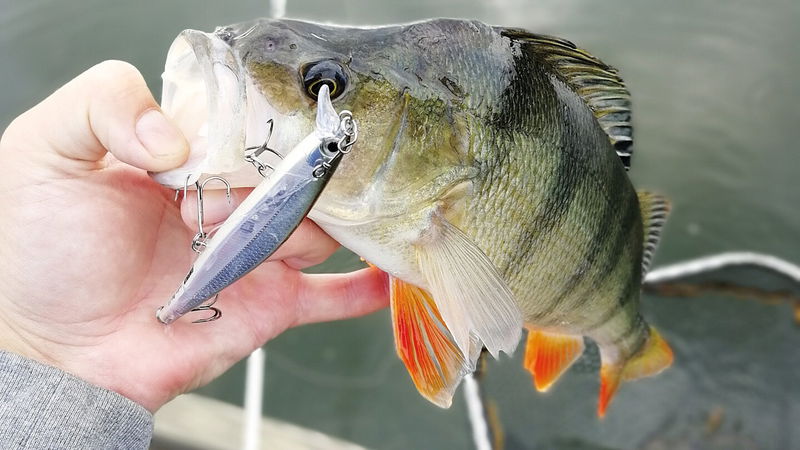Learn more about trout
The trout is an adaptable and well-spread-out species that demands rather a lot of its habitat. In Sweden, it has different names depending on where it lives – sea trout, brown trout, and lake trout – but they’re basically the same species. Lake trout and brown trout populations usually have an amber, yellow, or brown bottom and spots in different shades of red, black, and white.
Trout that live in watercourses their whole lives are usually smaller than those that live in the sea. This largely depends on the availability and supply of food. Trout mostly feed on insects in streams and rivers, with a more pronounced fish diet in the lakes.
Trout can be confused with salmon, but in Jönköping County this is not a common problem, as salmon and trout can be found together only in Lake Vättern. If you want to distinguish trout from salmon, there are some characteristics to watch out for. The trout has a larger mouth, which means that the angle between the raised upper jawbone is shifted backwards, while in salmon this angle is straight. The trout always has spots under its lateral line, while this is unusual in salmon. The rear edge of the tail fin in the trout is straight while the salmon’s is V-shaped, and the caudal peduncle of the trout is considerably coarser.
Typical characteristics of the trout.
Spawning takes place in well-flowing sections of streams, rivers, and large rivers with gravel bottoms during autumn and early winter. The trout changes its appearance when it’s about to spawn, taking on a brownish, golden, or greyish colour, with black and red spots with a light stripe around them. The males often develop a large jaw hook that can be used to repel other males.
A female may be surrounded by several males who want to mate, but spawning mainly takes place in pairs. When spawning, the female makes a spawning pit in the gravel bed where she lays the roe, which is fertilised by the male.
The trout grows up in the waters where it is born. Some of the trout choose to migrate out to a lake or the sea, and some choose tore main in the waters where they were born. Trout have strong homing behaviour, which means that they return to the waters where they were born when they are about to spawn.
Many different methods can be used to catch trout. Angling, spin fishing, trolling, and fly fishing. In general, trout are quite difficult to catch and easily startled.
